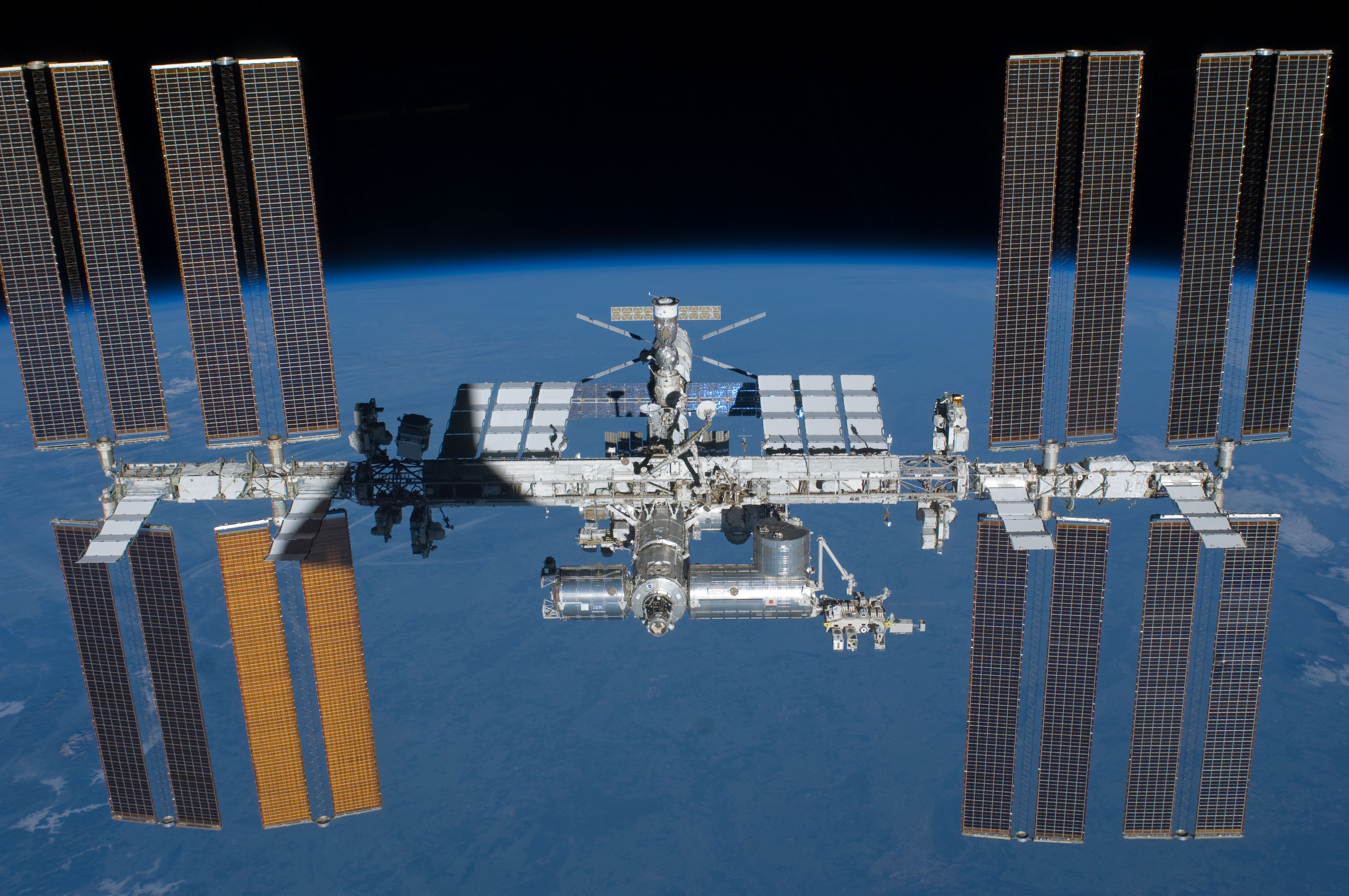When considering colonizing another astronomical body such as the Moon or Mars, the requirements for the survival of the colonists depend on developing native sources for critical gases such as hydrogen and oxygen.
Researchers have figured out that direct photochemical reactions could provide the oxygen and hydrogen that humans will need for long-term habitation of Mars or the Moon. The International Space Station (ISS) currently relies on photovoltaic-driven water electrolyzers to get oxygen and hydrogen from water. However, the two-state process of converting sunlight into electricity and then using the electricity in electrolysis is expensive.
This week, a paper was published that said that about one and a half kilowatts out of the four and six tenths kilowatts of energy budgeted for the Environmental Control and Life Support System on the ISS is consumed by the Oxygen Generator Assembly (OGA), which relies on electrolysis. This approach is a dead end in terms of future space exploration and habitation. The study was published in Nature Communications.
In addition to the high energy demand, the OGA and the Carbon Dioxide Reduction Assembly “currently in place on the ISS bear the challenge of being notoriously cumbersome and prone to breakdowns due to obsolete, inefficient, or ageing compartments.”
Katharina Brinkert is an assistant professor of catalysis at the University of Warwick and lead researcher on the study. She assessed an alternative approach to oxygen generation referred to as photoelectrochemical (PEC) water-splitting devices to aid the chances of long-term survival.
PEC devices utilize semiconductor materials to convert solar energy directly to chemical energy to produce hydrogen and oxygen without requiring the intermediate production of electricity. This technology is the subject of intense research on Earth because it might help solve the sustainable energy problem. Its potential in space has yet to be studied.
Brinkert said, “This work seeks to establish the theoretical foundations for the application of PEC devices in habitats on the Moon and Mars and delivers the first foray into exploring the feasibility of utilizing them for oxygen production and carbon dioxide recycling."
The paper went on to say that “Although high long-term efficiencies and power densities of PEC devices are still integral parts of ongoing terrestrial research efforts, we have shown that the application of these devices could go beyond Earth and potentially contribute to the realization of human space exploration.”
The research also investigated whether the PEC devices could be fabricated in an extraterrestrial settlement using In-Situ Resource Utilization (ISRU). This means using what you can find where you landed.
The study said, “The device construction can draw from a variety of semiconductors and electrocatalyst materials that are available on the Moon and Mars and the required materials can eventually be produced via ISRU. Moreover, we have previously demonstrated that PEC devices can work efficiently in microgravity and our theoretical analysis suggests that it can suitably be scaled up."
The production of oxygen and hydrogen from water, which is present on both the Moon and Mars, with a simple and inexpensive process would be a great advancement for space exploration.
